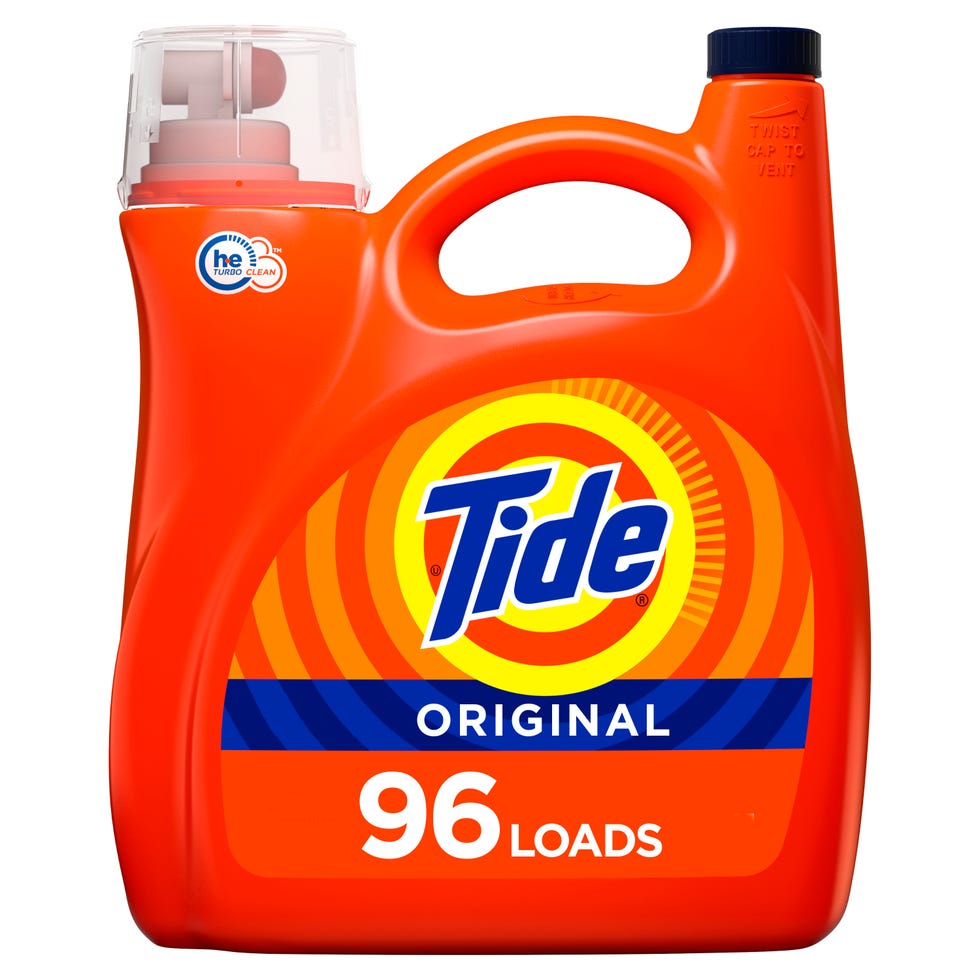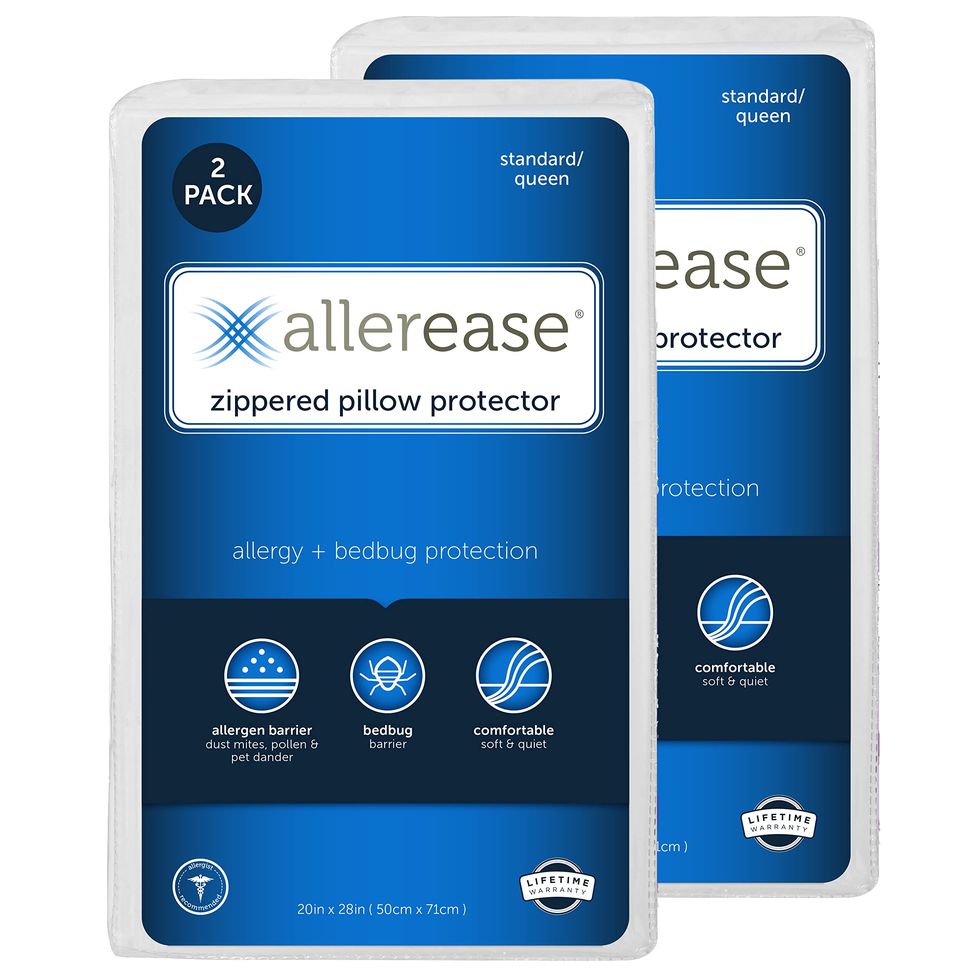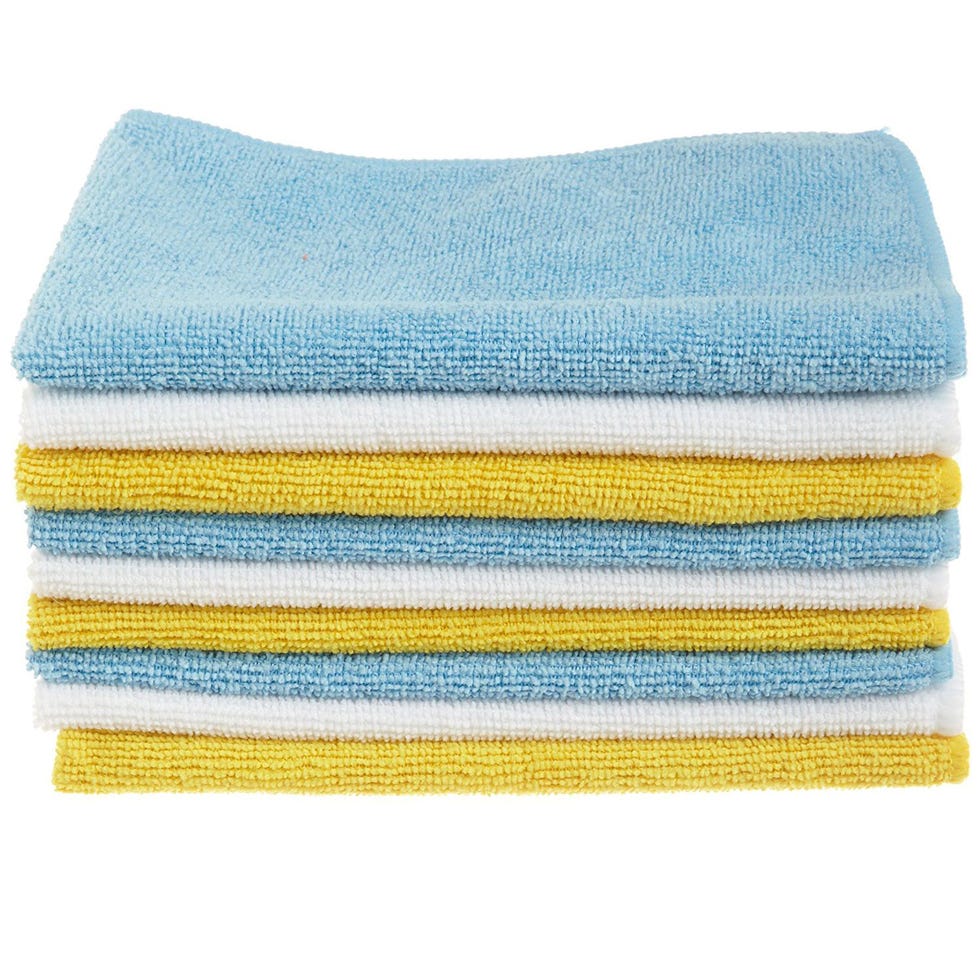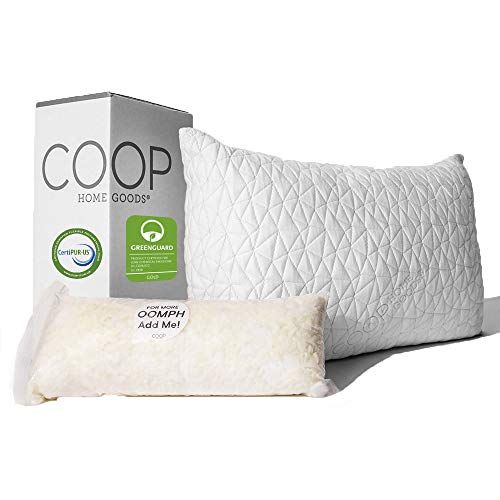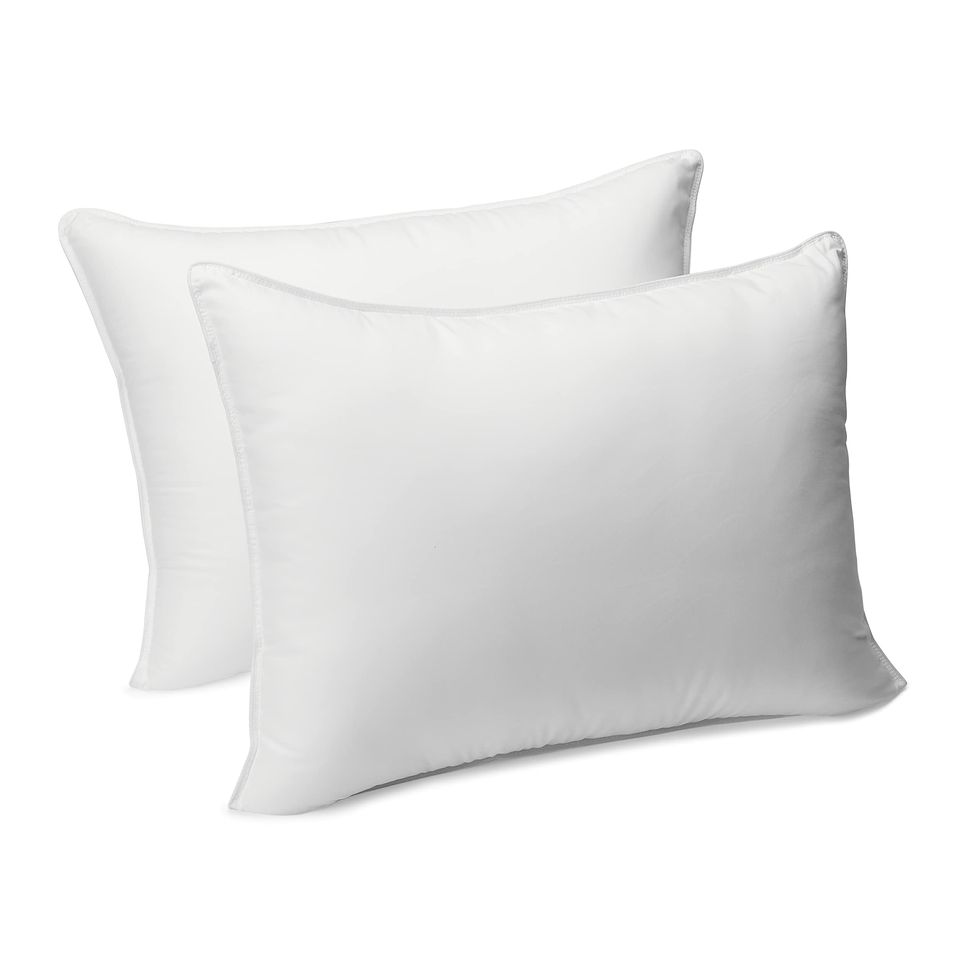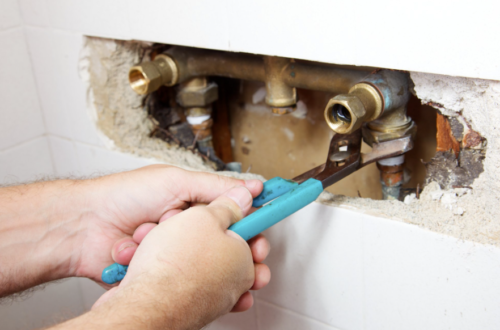When cleaning your bedding, including the sheets, comforter and mattress, don’t overlook your pillows. And we don’t just mean the pillowcases, either. As time goes on, your pillows accumulate, not only drool and sweat, but also bacteria, dust mites, dirt and oil from your skin and hair. That’s a lot of irritants to be putting your head and face on every night, especially since they can trigger allergic reactions in those with sensitive skin. That’s why it’s so important to know how to wash pillows the right way.
When washing your pillows, you should always check the care label. While most pillow styles are machine washable, some are dry-clean only, have front-load washing machine limitations or do best with spot-only treatments. But, don’t fret! No matter what type of pillows you prefer snuggling up with at night — down, fiberfill, solid foam — follow these expert washing tips from Carolyn Forté, Executive Director of the Good Housekeeping Institute Cleaning Lab. Below, you’ll find a step-by-step guide on how to properly wash pillows, along with how to know when it’s time to replace them for good.
How Often Should You Wash Pillows?
Pillows should be washed every one to two weeks. But not all types of pillows should be treated in the same way. To help lengthen your pillow’s life, use liners under your pillowcases and wash your pillowcases every two weeks, as well.
How to Wash Down and Fiberfill Pillows in the Washer
You’re in luck: Most down and fiberfill pillows are machine-friendly, which means you can just toss them in the washing machine for a refresh. Be sure to wash two pillows at a time to keep the washer balanced, ensuring an all-around clean. While any washing machine will do, front- or top-loading machines without an agitator (a.k.a. the large spindle in the middle of some machines) are your best bet. If an agitator-style top loader is your only option, place the pillows in the tub vertically to lessen the chance of them getting damaged by the agitator.
It goes without saying that you should always read your pillow’s care label and follow the directions accordingly. If you clipped off the tag or can’t find the instructions, use this step-by-step as your guide:
- Select the gentle cycle and use warm water. Then, add an extra cold water rinse.
- Add a small amount of detergent, such as Good Housekeeping Seal star Tide.
- Tumble the pillows dry on low heat, fluffing and turning them often. To help keep pillows plump, toss in a few dryer balls from Nellie’s. Stop the dryer a few times throughout the cycle to fluff them and break up lumps by hand.
How to Wash Solid Foam Pillows
While foam pillows are resistant to dust mites, it’s still important to clean them on a regular basis. Unfortunately, you can’t put your solid latex or memory foam pillows straight in the washing machine. However, some shredded foam pillows may be machine washable. If so, follow the care label or the directions above for down and fiberfill pillows. Forté also shares her cleaning method for those that aren’t machine-washable below.
- Remove pillow covers or pillowcases and wash according to the care tag. If you cut off the care tag, stick the pillowcases and covers in the washing machine, select the normal or casual cycle, and wash in warm or hot water. Add detergent, such as Good Housekeeping Seal star Tide.
- To get rid of dust or dirt on the pillow, vacuum both sides, or tumble in the dryer on the no-heat or air-only cycle for 20 minutes.
- Spot clean any soiled areas with a cloth dipped in a mild sudsy soap solution. Lightly rinse with a damp cloth. FYI, wet foam tears easily, so be gentle with the water and soap solution.
- Allow the pillow to air dry completely before putting it back on the bed or couch.
When to Replace a Pillow
No matter how diligent you are about cleaning your pillows, you’ll need to buy new ones eventually. The foolproof way to know when to toss ’em: “If you fold the pillow in half, and it doesn’t spring back into shape, plan for a shopping trip,” Forté explains. If your pillows have a funny odor even after you give them a good wash, it’s also a good idea to replace them.

Amanda Garrity is a lifestyle writer and editor with over seven years of experience, including five years on staff at Good Housekeeping, where she covered all things home and holiday, including the latest interior design trends, inspiring DIY ideas and gift guides for any (and every) occasion. She also has a soft spot for feel-good TV, so you can catch her writing about popular shows like Virgin River, Sweet Magnolias, Hallmark Channel’s When Calls the Heart and more.
Assistant Editor
Mariah Thomas (she/her) is an assistant editor for Good Housekeeping, where she covers home and lifestyle content. Mariah has more than four years of editorial experience, having written for TLC, Apartment Therapy, Women’s Health and Avocado Magazine. She received her master’s degree in journalism at the Craig Newmark Graduate School of Journalism and published her first book, Heart and Soul: Poems of Thoughts and Emotions, in 2019. She’s also the founder of RTF Community a platform for creatives of color to connect, learn and showcase their work.

